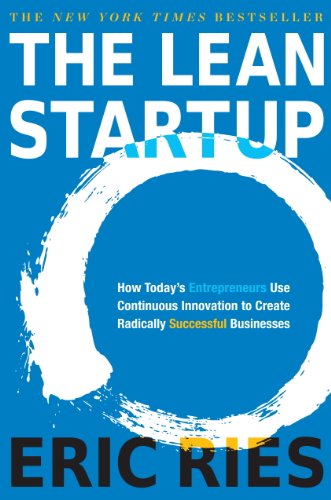

This article is an excerpt from the Shortform summary of "The Lean Startup" by Eric Ries. Shortform has the world's best summaries of books you should be reading.
Like this article? Sign up for a free trial here .
The final substantive chapter of Lean Startup discusses innovation in a large company and internal startups, in the form of an innovation sandbox.
If growth is your goal and you achieve it, you’ll keep growing your startup to 10, 100, 1,000 people. How do you keep innovating to grow new lines of business while keeping existing products competitive? How do you prevent yourself from being bogged down by process?
The solution is to manage lines of innovation in parallel.
Each product has a life cycle:
- new product
- growth and scaling
- optimization, operational excellence, and fighting newcomers
- legacy support and cutting costs
Past its early stage, a company needs to manage multiple products at different stages of the cycle at once. Some projects will be sunsetting just as the next major innovation breaks new ground.
Who runs a product through its lifecycle? A typical pattern is to tie the original product team through the entire life cycle of the product. This may be sub-optimal. People may be specialists at one of these phases. Some people are natural early-stage innovators and don’t have the energy or conscientiousness for optimization. Others are the opposite.
Instead of keeping the original team with the product, keep people in the stage they’re good at, and transfer products between teams. This means some people’s roles may focus on spinning up new early-stage startups, and others inherit those startups and grow it to scale. The way to keep them in the innovative mindset is by putting them into an innovation sandbox.
The 3 Attributes of Successful Startup Teams
Eric suggests that successful innovation requires three structural attributes:
- Scarce but secure resources. By their nature, startups are high risk and thus command less resources than surefire investments. This is a good thing, since it forces startups to focus on the right questions, or perish. But because a sudden change in resources can be catastrophic, internal startups need their funding secured and immune from tampering by other managers.
- Independent development authority. To move faster, startups need to be able to run and execute experiments without passing each one by a review board. Building cross-functional startup teams allows representatives from each stakeholder department to partake in the innovation and sign off quickly on decisions. Of course, independence this needs to be balanced with safeguards – internal startups shouldn’t do anything that can damage the entire brand or hurt customers, for example.
- A personal stake in the outcome. Entrepreneurs, internal or independent, are motivated by tying their personal success to their startup’s success. Typically this means equity or ownership, and in an internal startup this might be bonuses or profit sharing. But the stake doesn’t have to be financial – it can be public recognition and career advantages. It’s important that the rewards be given fairly, or other internal entrepreneurs will lose trust in the system.
All three components belong in an innovation sandbox.
An Innovation Sandbox
It’s natural for internal startups to threaten the existing parent organization. They may offer new products that cannibalize customers of the incumbent product or offer different pricing structures. The startup might even endanger the entire current business.
These fears are all reasonable, but it leads internal stakeholders to delay decisions and obfuscate data. The common solution is to hide internal startups in a secret skunkworks team, but this is counterproductive. When the innovation is finally shared with the main company managers, they’ll feel deceived and resist future innovation. This leads to politics and paranoia, where people will question new projects and seek out threats to their standing.
So how do you achieve the right balance of freedom and risk control? Create an innovation sandbox where the startup team’s impact will be insulated from the main company, but where they can have more autonomy. The innovation sandbox has these components:
- Any team can create an A/B test of limited scope
- One team must see the experiment through from beginning to end
- The experiment is limited in calendar time
- The experiment is limited in number or % of customers affected
- Every experiment in the innovation sandbox is evaluated on the same standard 5-10 actionable metrics
- The team must monitor metrics and customer reactions live. If something catastrophic happens in the innovation sandbox, abort the experiment.
This structure of the enclosed innovation sandbox limits the damage to the larger company, while giving startup teams autonomy to iterate quickly. If the experiment show improved metrics in this limited scope, the innovation can expand its reach and ultimately be reintegrated into the main company.
———End of Preview———

Like what you just read? Read the rest of the world's best summary of "The Lean Startup" at Shortform . Learn the book's critical concepts in 20 minutes or less .
Here's what you'll find in our full The Lean Startup summary :
- How to create a winning Minimum Viable Product
- How to understand how your startup will grow
- The critical metrics you need to track to make sure your startup is thriving






